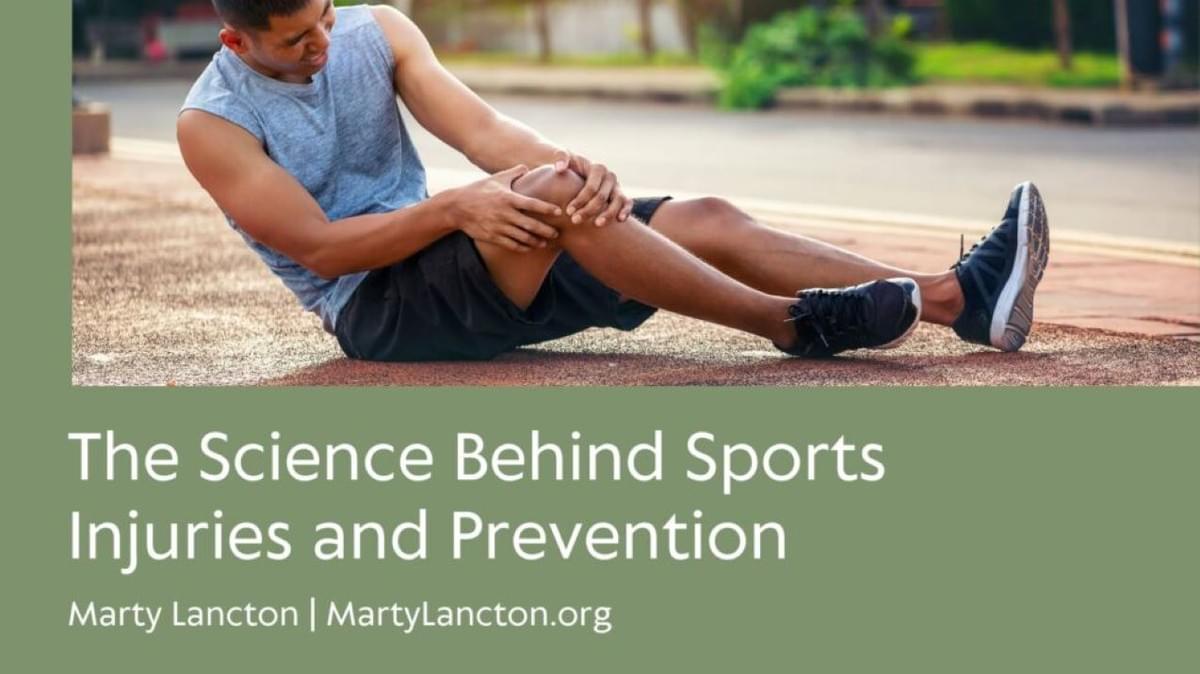
Sports injuries are a common occurrence in both amateur and professional athletics, often resulting in significant physical, emotional, and financial consequences. Understanding the science behind these injuries and implementing effective prevention strategies can help athletes stay healthy and perform at their best. This article delves into the mechanisms of sports injuries and the measures that can be taken to prevent them.
MECHANISMS OF SPORTS INJURIES
Sports injuries can be broadly categorized into acute and chronic injuries. Acute injuries occur suddenly due to a specific traumatic event, such as a fall, collision, or improper landing. Common acute injuries include sprains, fractures, and dislocations. For example, an ankle sprain can occur when the foot twists awkwardly, stretching or tearing the ligaments.
Chronic injuries, on the other hand, develop over time due to repetitive stress on muscles, joints, and bones. These injuries, such as tendinitis and stress fractures, often result from overuse or improper technique. For instance, a runner may develop stress fractures in the lower legs from consistently running on hard surfaces without adequate rest.
THE ROLE OF BIOMECHANICS
Biomechanics plays a crucial role in understanding sports injuries. It involves the study of movement and the forces exerted by and upon the human body. Analyzing biomechanics helps identify improper techniques or movement patterns that can lead to injuries. For example, biomechanical analysis of a runner’s gait can reveal imbalances or improper foot strike patterns that increase the risk of injury.
Advanced technologies, such as motion capture systems and wearable sensors, enable detailed biomechanical assessments. These tools provide valuable insights into an athlete’s movements, allowing for correcting harmful techniques and optimizing performance.
INJURY PREVENTION STRATEGIES
Preventing sports injuries requires a multifaceted approach that includes proper training, conditioning, and education. Here are some key strategies:
Strength and Conditioning
Building strength and endurance is essential for injury prevention. A well-rounded conditioning program that targets all major muscle groups can enhance stability and reduce the risk of injuries. Strengthening the core muscles, for example, improves balance and supports proper posture, reducing the likelihood of lower back injuries.
Flexibility and Mobility
Maintaining flexibility and mobility is crucial for preventing injuries. Regular stretching exercises help keep muscles and tendons supple, reducing the risk of strains and tears. Dynamic stretching before activities and static stretching after can improve range of motion and prevent stiffness.
Proper Technique and Form
Learning and maintaining proper technique is vital in preventing injuries. Coaches and trainers play a key role in educating athletes on the correct form for various movements. Regular technique assessments and corrections can prevent the development of harmful habits that lead to injuries.
Adequate Rest and Recovery
Rest and recovery are critical components of injury prevention. Overtraining and insufficient rest can lead to fatigue and increase the risk of chronic injuries. Incorporating rest days into training schedules and ensuring adequate sleep helps the body recover and repair tissues, reducing the risk of injury.
Understanding the science behind sports injuries and implementing effective prevention strategies are essential for athletes at all levels. By focusing on biomechanics, strength and conditioning, flexibility, proper technique, and adequate rest, athletes can significantly reduce the risk of injuries. Investing in injury prevention not only enhances athletic performance but also promotes long-term health and well-being.

